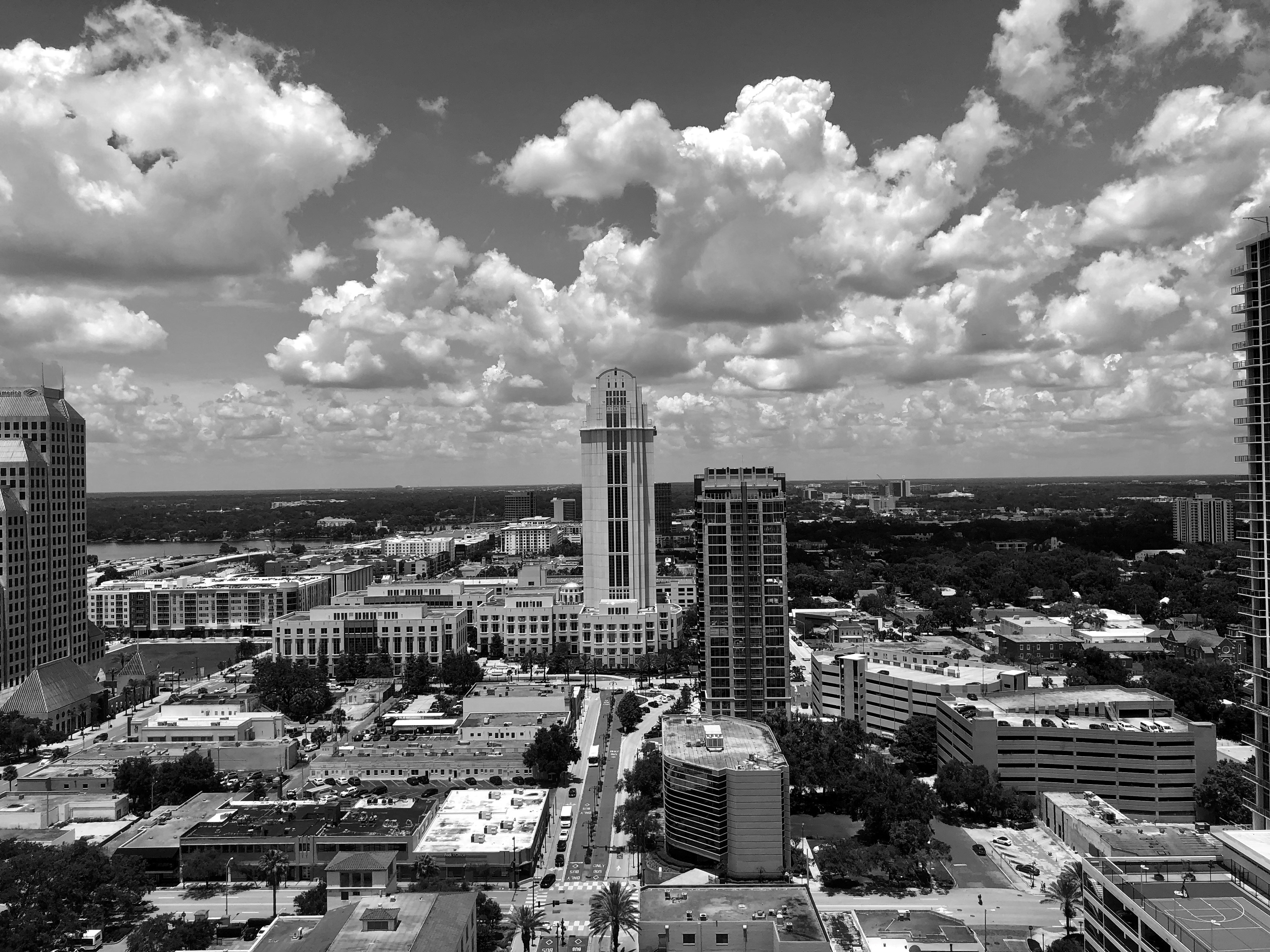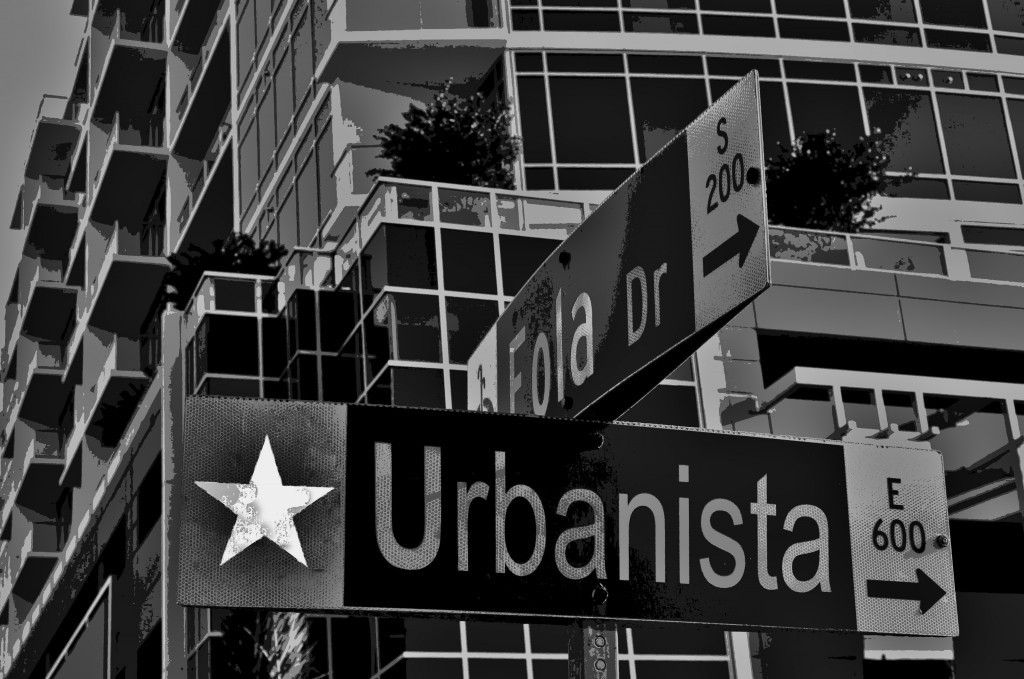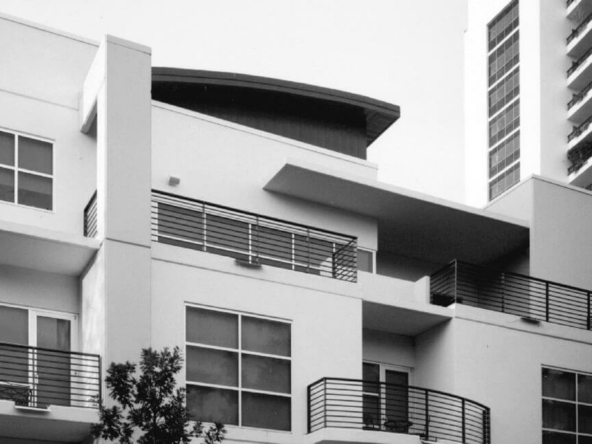If you’re a SunRail follower — and a real estate junkie — you’re familiar with something known as TOD.
And no, it’s not the brother of SunRail’s safety mascot, Tie the Squirrel. It stands for transit-oriented development, a buzzword in urban planning circles that describes compact residential and commercial development with a pedestrian-friendly design that is centered around some kind of transit.
Orlando Business Journal talked with Aecom associate principal Blake Drury, the $1.3 billion commuter rail’s TOD facilitator, and he shared with us some opportunities not only for new development and redevelopment, but a way to use these real estate opportunities to market the region to a bigger audience. And that could help draw more big businesses, talent and jobs to Central Florida.
“At its core, TOD is really based around the pedestrian,” Drury said. “When you marry that with transit stations, that’s where you find the best development opportunities. And we’re a big enough market that there’s going to be a chance for all sorts of different kinds of development.”
SunRail will launch its first phase on May 1, including 12 stations, from DeBary in Volusia County going south to Sand Lake Road in Orange County. And while most of the municipalities have put plans in place to encourage private development around those stations, not all stations are seeing the fruits of that labor. Places that are already developed — such as the downtown Orlando stations, the stations near Florida Hospital and Orlando Health, and Winter Park — have already seen more investment and activity from not only new development but existing landowners.
And some stations that aren’t even part of the first phase are seeing additional activity. For example, Tupperware Brands Corp. is starting work on a new $60 million shopping center near its headquarters and neighboring Osceola Parkway SunRail station on the border of Orange and Osceola counties.
Some more suburban cities are slower to see that kind of investment, possibly because developers are waiting to see whether SunRail’s ridership will justify spending the money to build near those stations.
But for pioneers with a vision for TOD success, here are a few development opportunities near some SunRail stations that you may not have known about:
- Most municipalities have put in necessary infrastructure or overlay plans to allow for more dense development around the stations. So, sites near stations might be the best shovel-ready pads you can find.
- Though the traditional way of commuting is living in the suburbs and driving downtown for work, SunRail offers a chance at a “reverse commute.” Downtown Orlando is quickly becoming a great place to live, but companies that want to expand into our area may want to capitalize on lower commercial real estate leasing rates in the suburbs. With SunRail, companies can have their offices in places like Lake Mary or Longwood, and the young talent can live in a vibrant downtown with a train station just steps away for their commute.
- You won’t be able to walk to existing shops or apartments from every station when SunRail first starts running. But with sites near the platform that are ripe for new construction or redevelopment, the retail and homes can come to the stations.
- Although development might be a more exciting option, some stations have existing industrial opportunities — remember, this used to be a freight corridor. So, businesses looking for a spot in existing industrial space that want quick and convenient commuting options for workers can capitalize on some of the available space at stations like Sanford or Sand Lake Road.
Want to know more? Be sure to check out all our previous SunRail coverage and come back as we continue to offer more updates.




